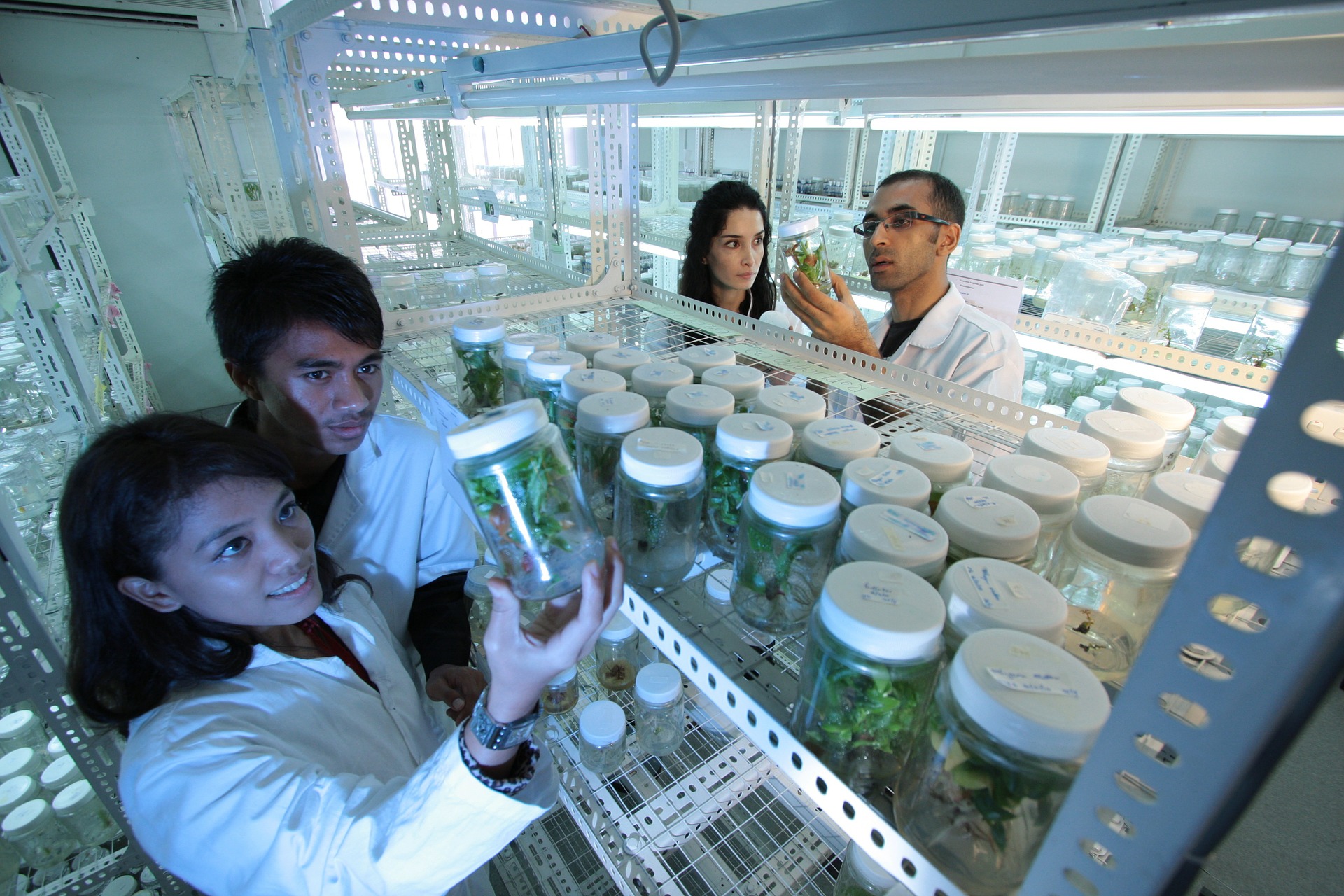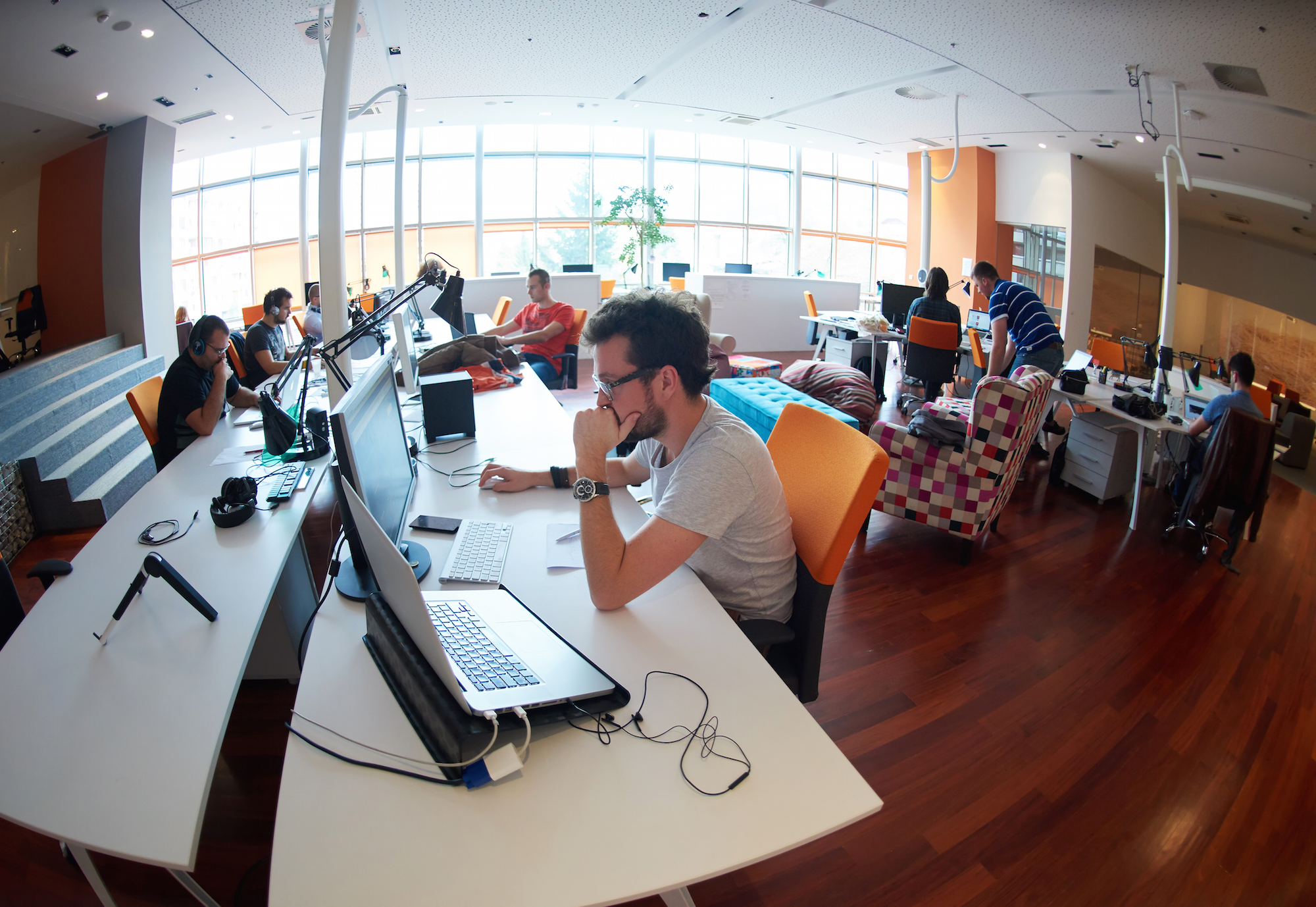How we can turn research into big business

Fresh thinking and new models are needed to get Australia’s innovation engine moving faster
Published 8 December 2015
For more than a decade Australia’s innovation performance has been falling. As new keys to unlock innovation are being forged, fresh thinking and new models are needed to arrest this worrying decline.
Every developed nation strives to unlock innovation. Industry and business efficiencies are sought, taxation systems are examined, stimuli created. Yet the gaze repeatedly and rightly rests upon higher education, our investment in research and the role it can play in stimulating vital sectors of national economies.
In Australia we know the bridge between higher education and industry is neglected and underutilised. Figures by Universities Australia show between 2008-2010 Australia ranked 33rd out of 33 countries on the proportion of large businesses collaborating with higher education institutions or public research agencies on product or process innovation.

Just 4 per cent of our large firms collaborated with higher education, compared with Finland where it is about 70 per cent for large businesses and 30 per cent for SMEs, or the UK where it is about 30 per cent and 20 per cent respectively.
Research is happening and universities have placed a relentless focus on driving research performance. In 2012, Australian universities spent 39 per cent of their revenues on research and development – a considerable increase on the approximately 29 per cent spent in 1996. The challenge has not been the determination, it is the type of support required to bring that determination to market.
University researchers are working in areas leading to discoveries and inventions that will enable the innovation of tomorrow, perpetuating the relentless progress we have come to expect.
Translating research into a viable product
Discoveries are made or inventions developed in research laboratories, but it’s not always so simple to envisage the final product or service people will want to buy.
Typically, the skills and experience necessary to achieve the great scientific breakthroughs are different from those required to turn those technologies into compelling products and services.
It is also not widely understood that for every dollar spent on the research to develop a new product, at least $100 will be spent to successfully bring that product to market.
When we consider translating the research outputs of our universities and research institutions into commercial products and services, we must be cognisant of the diversity of skills and amount of capital required.
Having spent most of their lives studying a particular field, many researchers have neither the skills nor experience to take the results and manage the translation process themselves.
The way to supercharge Australia’s economic engine
If they had the financial resources, they could buy in the management and business building skills to complement their technical skills.
Unfortunately, at the stage most new technologies appear in research laboratories, traditional venture capital and corporate investors consider the risks too high. Primarily this is because the owners of the invention (researchers and their institutions) are generally inexperienced at building new products and taking them to market and typically can’t identify, much less hire, the requisite talent to make it happen.

To break this nexus we need to consider using venture catalysts dedicated to our research infrastructure.
Similar to an incubator or accelerator, a venture catalyst provides working capital to help translate lab level inventions into an attractive proposition for investors. The key difference is that the management team of a venture catalyst becomes the senior management team of each project – working with the founders/inventors.
This hands-on model leverages the skills and experience of seasoned business builders across multiple projects to find the shortest path between their starting point and the point at which commercial investors may find the opportunity attractive.
Venture catalysts develop the starting value proposition (what is the product, and who wants to buy it?) and core team (who is going to run the company?). They scope the market and establish a starting operational plan.

Given the early stage nature of these projects some will fail, but that is precisely the point. One can think of this activity as commercialisation R&D, and like any form of research, the outcome is never assured. Critically, however, many more opportunities will succeed than would have otherwise.
This systematic mechanism fills a critical gap in the innovation ecosystem that will not be filled by commercial investors.
Critically, the process of developing this infrastructure acts as a two-way gateway delivering quality opportunities from the university to the market and bringing insightful market intelligence into research institutions, thereby better informing research direction.
Whilst not delivering a commercial grade return over the short to medium term, a catalyst has the potential to self-generate. For this reason, it is an attractive structure for research institutions and Government to jointly fund as there is the prospect of maintaining a powerful translation engine without incurring a perpetual resourcing liability.
There are many variants of this principle operating in the most successful innovation ecosystems of the world. Adapting models that are best suited to Australia’s research infrastructure will be an important piece of the puzzle in lifting our national innovation performance.
Banner image: Shutterstock